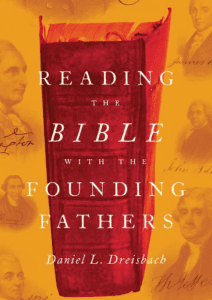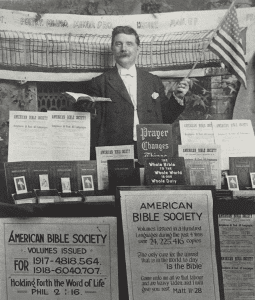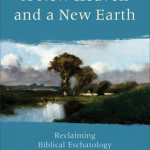The title of N. Clayton Croy’s book, Prima Scriptura: An Introduction to New Testament Interpretation, is perfect because, instead of sola scriptura, he admits that what we actually do is prima scriptura. We go to the Bible first, but other dimensions enter into our interpretation. Too often sola scriptura means we go to the Bible alone, with over disregard for what others have said or without recognizing that other dimensions are actually influencing us. Thus, “nearly all Christian traditions employ one or more additional criteria such as tradition, reason, and experience. A more realistic motto, then, would be prima scriptura: Scripture as the primary authority, but in conjunction with and mediated by other authorities.”
What do you think of this “sola” vs. “prima”?
Croy’s book is a textbook for advanced college students but even more for seminary students but one that is not simply exegetical method but also involves sane engagement with hermeneutics. (Some discussions of hermeneutics get insane by getting so complex we forget we’re trying to interpret this here passage in Galatians!) And it takes us from the text into our modern world, in fact, smack dab into the middle of the local church, so he fits into the theological interpretation of Scripture model.
Everything that comes up in interpretation is here; the author somehow managed not to turn this book in to a 1000 page door stop and learned to summarize and simplify and move on. But interpretation is learned by doing, not by reading about it. But you need a good book to get you started, and Croy’s book is that book.
I highly recommend this book, which is broken into four major units:
1. Analyzing and Preparing the Interpreter, where he knows we have to reflect on our social and theological locations — as well as our life experiences.
2. Analyzing the Text, where he uses the basic [the right basic] method of observation and interrogation leading to more observation. And he expects the reader to use all the resources and methods and angles that are needed. The goal is to come to terms with the intention of the author conveyed in the text.
3. Evaluating and Contemporizing the Text — the Wesleyan quadrilateral is used (Scripture, tradition, reason, experience?).
4. Appropriating the Text and Transforming the Community. I like his use of the word “appropriate.”
(He includes samples of exegesis papers and pragmatic stuff.)
Here’s a line to ponder: “When we reflect on the NT theologically, we are engaging it in a manner that builds upon but transcends description of the text.” Agree?











